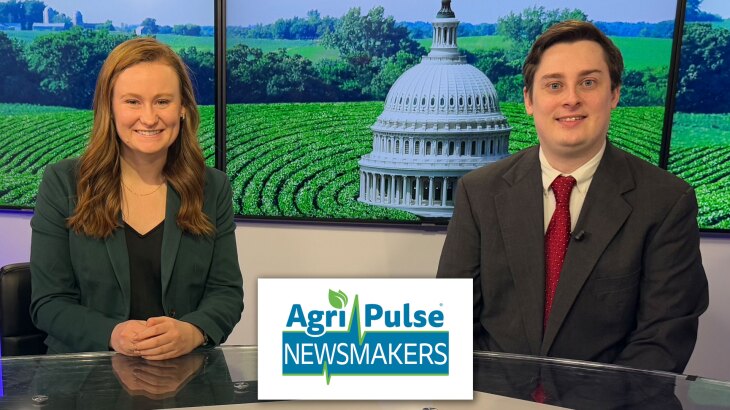The National Cattlemen’s Beef Association is highlighting the industry’s commitment to the environment to coincide with Climate Week NYC.
“Beef farmers and ranchers recognize the importance of caring for the environment and we strive to ensure continuous improvement in managing the land, water and air resources in our care,” said Florida rancher and president of the National Cattlemen’s Beef Association Marty Smith in a news release.
There is a lot of misinformation about the beef industry and its role in climate change, so here are some of the facts.
• The U.S. produces 18 percent of the world’s beef with only 6 percent of the world’s cattle.
• Since 1977, the U.S. has been able to produce the same amount of beef with 33 percent fewer cattle.
• Grasslands used for beef and 7.4 Pg Carbon, the equivalent of taking 5.76 Billion cars off the road.
• 91 percent of U.S. beef farms and ranches are family owned.
• Beef cattle are responsible for about 2 percent of greenhouse gas emissions in the U.S., compared to 6 percent globally.
• Greenhouse gas intensity from U.S. cattle is 10 to 50 times lower than in other parts of the world
• Cattle not only recycle, they upcycle by eating human-inedible plants and turning them into high-quality protein.
The NCBA says it plans to ramp up efforts in distributing materials to sustainability experts and journalists. It also plans to share facts and resources on the Beef. It’s What’s For Dinner. social media accounts.
“We need ruminant animals, like beef cattle, to help make more protein with less, and we’ve proven in the U.S. that beef can be raised sustainably,” a release from the NCBA concluded.












